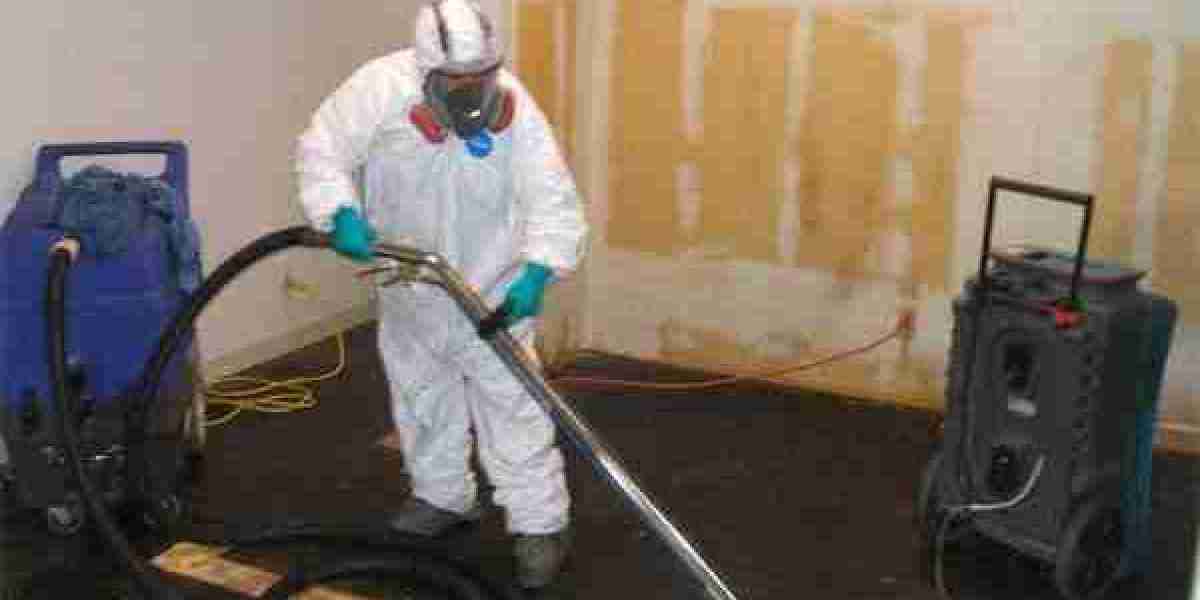Ethylene amines are a group of chemicals widely used across industries such as agriculture, pharmaceuticals, textiles, and chemicals. Despite their broad application, the ethylene amines market faces several restraints that may hinder growth. These challenges come from environmental concerns, high production costs, regulatory restrictions, and competition from alternative chemicals. Understanding these barriers is essential for companies seeking to navigate the market successfully and for policymakers to create balanced regulations that ensure sustainable growth.
Environmental and Health Concerns
Ethylene amines, particularly diethylenetriamine (DETA) and triethylenetetramine (TETA), are known to have hazardous effects on human health and the environment when improperly handled. Exposure to these chemicals can lead to skin irritation, respiratory issues, and more severe health problems. Furthermore, they are toxic to aquatic life, and their production and disposal can result in environmental pollution. These health and environmental risks have prompted governments and organizations to impose strict regulations regarding the use and disposal of ethylene amines, which in turn affects the market dynamics. Many companies in the ethylene amines industry are being pressured to implement costly safety measures and environmental safeguards, thus increasing the overall cost of production.
Regulatory Constraints
As regulatory frameworks tighten globally, particularly in developed economies, companies face the challenge of complying with increasingly stringent environmental and safety standards. For instance, the European Union’s REACH (Registration, Evaluation, Authorisation, and Restriction of Chemicals) regulations and the U.S. Environmental Protection Agency’s (EPA) policies on hazardous chemicals affect the production and use of ethylene amines. Compliance with these regulations often requires significant investments in research and development (R&D) to produce safer alternatives or develop cleaner production processes. These regulatory pressures may limit the market potential for ethylene amines, especially in regions where stricter regulations are enforced.
High Production Costs
The production of ethylene amines involves complex chemical reactions and requires the use of specialized equipment and high-quality raw materials. As a result, the manufacturing process is expensive. For example, producing ethylene amines from ethylene oxide and ammonia requires high-energy inputs and precise control over reaction conditions. Furthermore, volatility in the prices of raw materials like ethylene oxide can lead to fluctuations in production costs. The high costs associated with production are a significant restraint on the ethylene amines market, as manufacturers may be reluctant to expand their production capacity or explore new applications if the costs cannot be offset by higher sales or product prices.
Competition from Alternative Chemicals
In recent years, the market for ethylene amines has faced increased competition from alternative chemicals that can perform similar functions at a lower cost or with fewer environmental concerns. For instance, bio-based and greener alternatives to ethylene amines are emerging, offering sustainable solutions for industries such as agriculture and manufacturing. Additionally, chemicals like polyamines, which are derived from renewable sources, are being explored as substitutes for traditional ethylene amines. This shift towards more environmentally friendly alternatives poses a significant challenge to the market, as customers become more discerning about the sustainability and safety profiles of the chemicals they use.
Supply Chain Challenges
The ethylene amines industry also faces supply chain issues that can affect production timelines and lead to price volatility. Ethylene amines are derived from petrochemical feedstocks, which means that disruptions in the global oil and gas industry can have a direct impact on their availability and cost. Moreover, the geopolitical instability in key production regions may disrupt the supply chain, leading to shortages or price increases. This uncertainty makes it difficult for companies to plan their production and pricing strategies effectively. In addition, transportation and storage of ethylene amines must comply with strict safety protocols, which can add logistical complexities and costs to the supply chain.
Conclusion
Despite the promising applications of ethylene amines across various industries, the market faces several obstacles that hinder growth. Environmental and health concerns, regulatory constraints, high production costs, competition from alternative chemicals, and supply chain challenges are among the key factors limiting the expansion of the ethylene amines market. To overcome these restraints, manufacturers will need to invest in innovative solutions, adhere to stringent regulations, and explore alternative, more sustainable methods of production.




